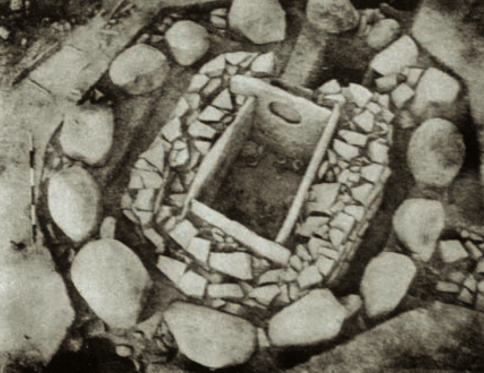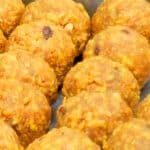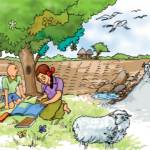BOOKS
Vedas
- There are 4 Vedas: Rigveda, Samaveda, Yajurveda and Atharvaveda.
Rigveda
- It is the oldest Veda composed about 3500 years ago.
- It includes more than a thousand hymns, called sukta or ‘well said’, in praise of various gods and goddesses. These were composed by sages.
- Three gods are important- Agni: the God of fire; Indra: a warrior God; and Soma: a plant from which a special drink was prepared.
- The Rigveda is in old or Vedic Sanskrit.
- The Rigveda was recited and heard rather than read.
- It was written down several centuries after it was first composed and printed less than 200 years ago.
Read More: Class 6 Ch 4 History-In the Earliest Cities
Themes of Hymns in the Rigveda
- There are many prayers for cattle, children (especially sons) and horses.
- Battles were fought to capture cattle, land, water and for people.
- A part of the wealth so obtained was then kept by the leaders, some was given to the priests and the rest was distributed amongst the people.
- Some wealth was also used for performing yajnas or sacrifices.
- There was no regular army, but there were assemblies where people met and discussed matters of war and peace.
Words to Describe People
- Brahmins: the priests who performed various rituals.
- Rajas: But they did not have capital cities, palaces or armies, nor did they collect taxes. Generally, sons did not automatically succeed fathers as rajas.
- Jana: the people or community as a whole.
- Vish: The word Vaishya comes from Vish.
- Sometimes, the people who composed the hymns described themselves as Aryas and called their opponents Dasas or Dasyus.
- Dasas or Dasyus were people who did not perform sacrifices and probably spoke different languages.
Other Books
- Books that were composed after Rigveda are often called Later Vedic.
- These include the Samaveda, Yajurveda and Atharvaveda.
- These were composed by priests and described how rituals were to be performed.
- They also contained rules about society.
BURIALS
Megaliths
- Stone boulders carefully arranged by people and used to mark burial sites are known as megaliths.
- The practice of erecting megaliths began about 3000 years ago and was prevalent throughout the Deccan, south India, in the north-east and Kashmir.
- Some megaliths are on the surface, while others are often underground.
- Generally, the dead were buried with distinctive pots which are called Black and Red Ware.
- Tools and weapons of iron, skeletons of horses, horse equipment and ornaments of stone and gold were also found.
- Objects found with the skeletons were an indicator of the difference in status amongst the people who were buried.
Special Burial at Inamgaon
- This site was occupied between 3600 and 2700 years ago.
- Adults were generally buried under the ground, laid out straight, with the head towards the north.
- Sometimes burials were within the houses.
- Vessels that probably contained food and water were placed with the dead.
Charaka
- About 2000 years ago, Charaka, a famous physician wrote a book on medicine known as the Charaka Samhita.
- He states that the human body has 360 bones, a number much larger than that recognised by modern anatomy.
- He arrived at this figure by counting the teeth, joints and cartilage.











